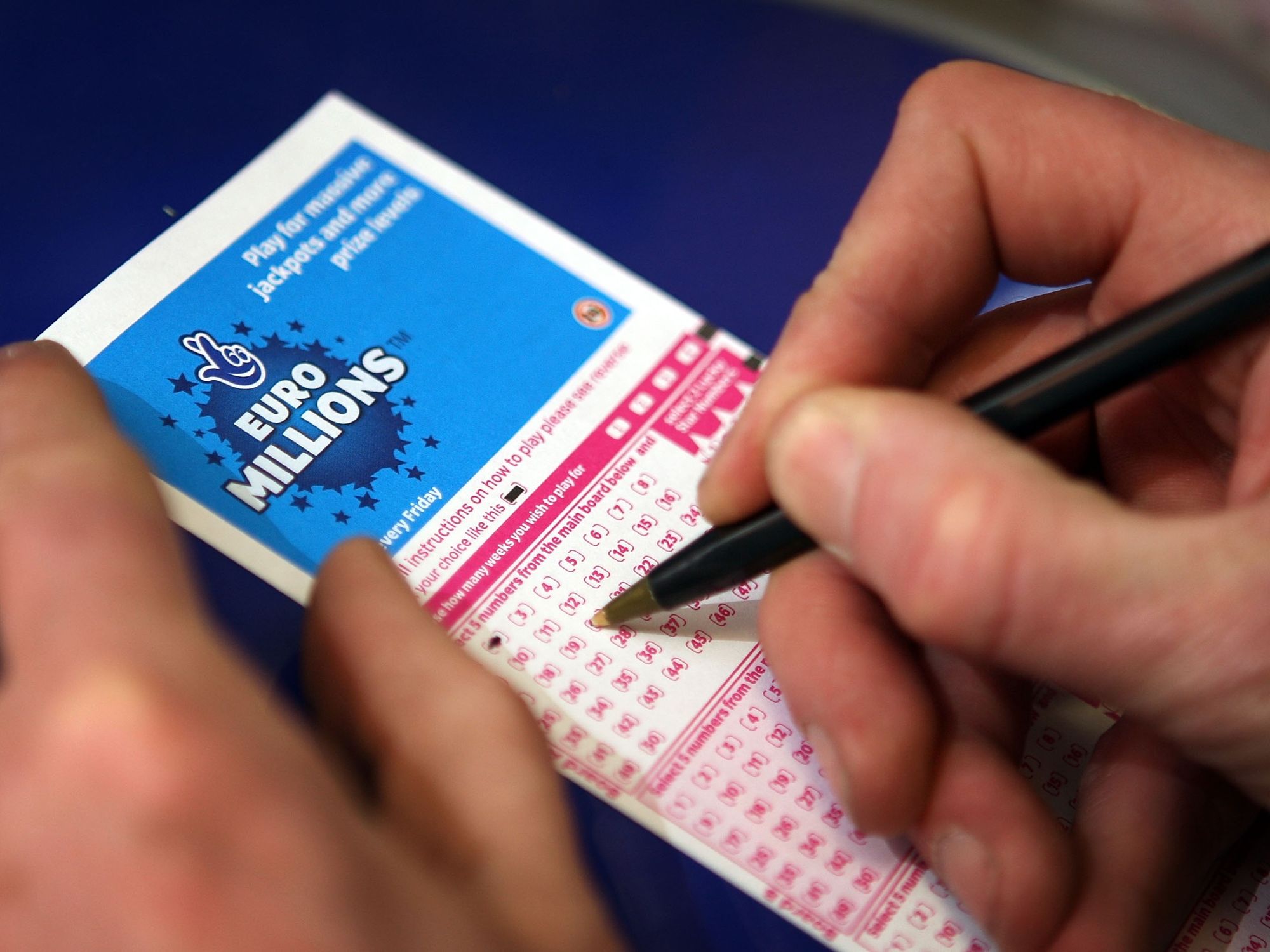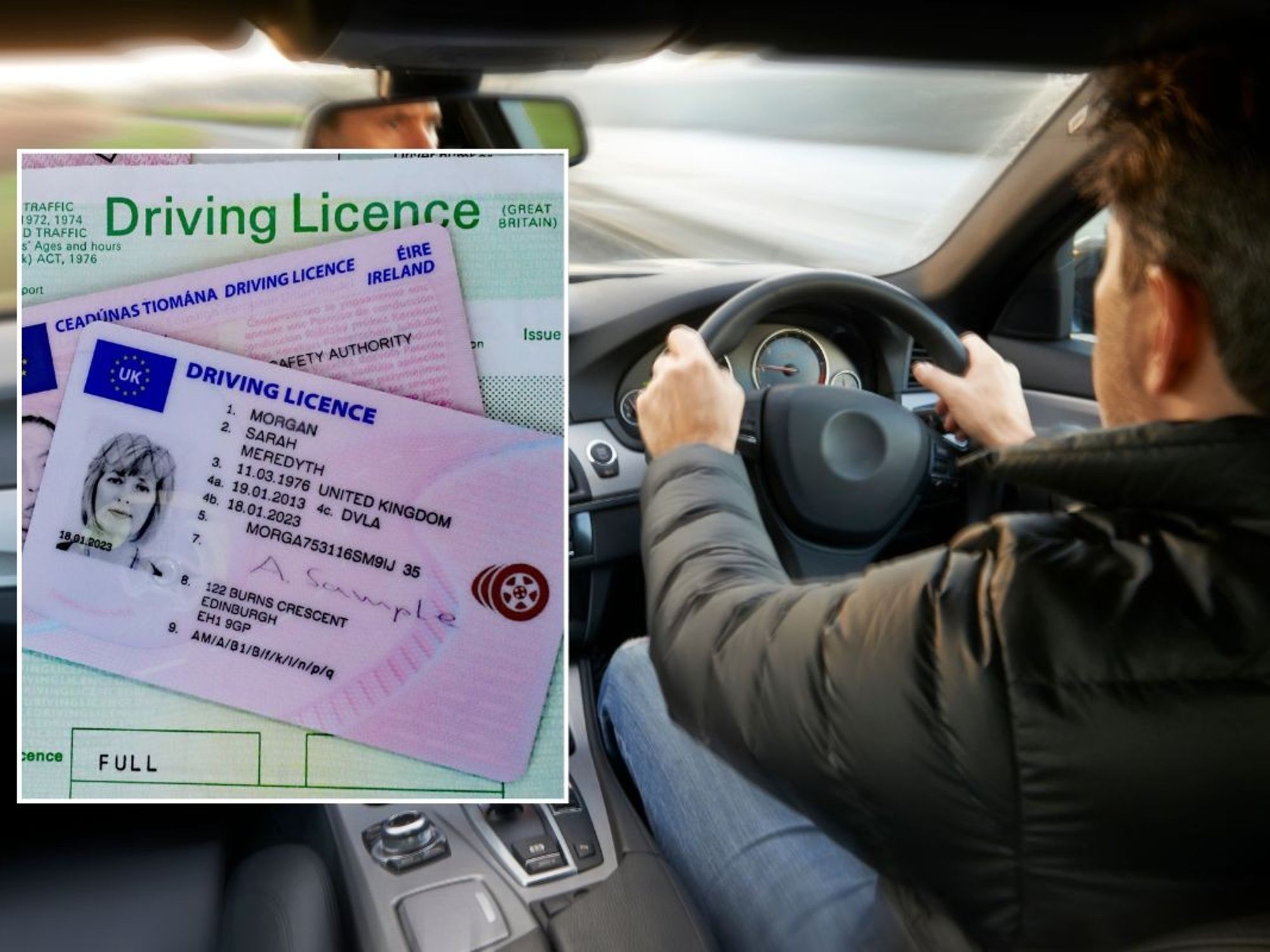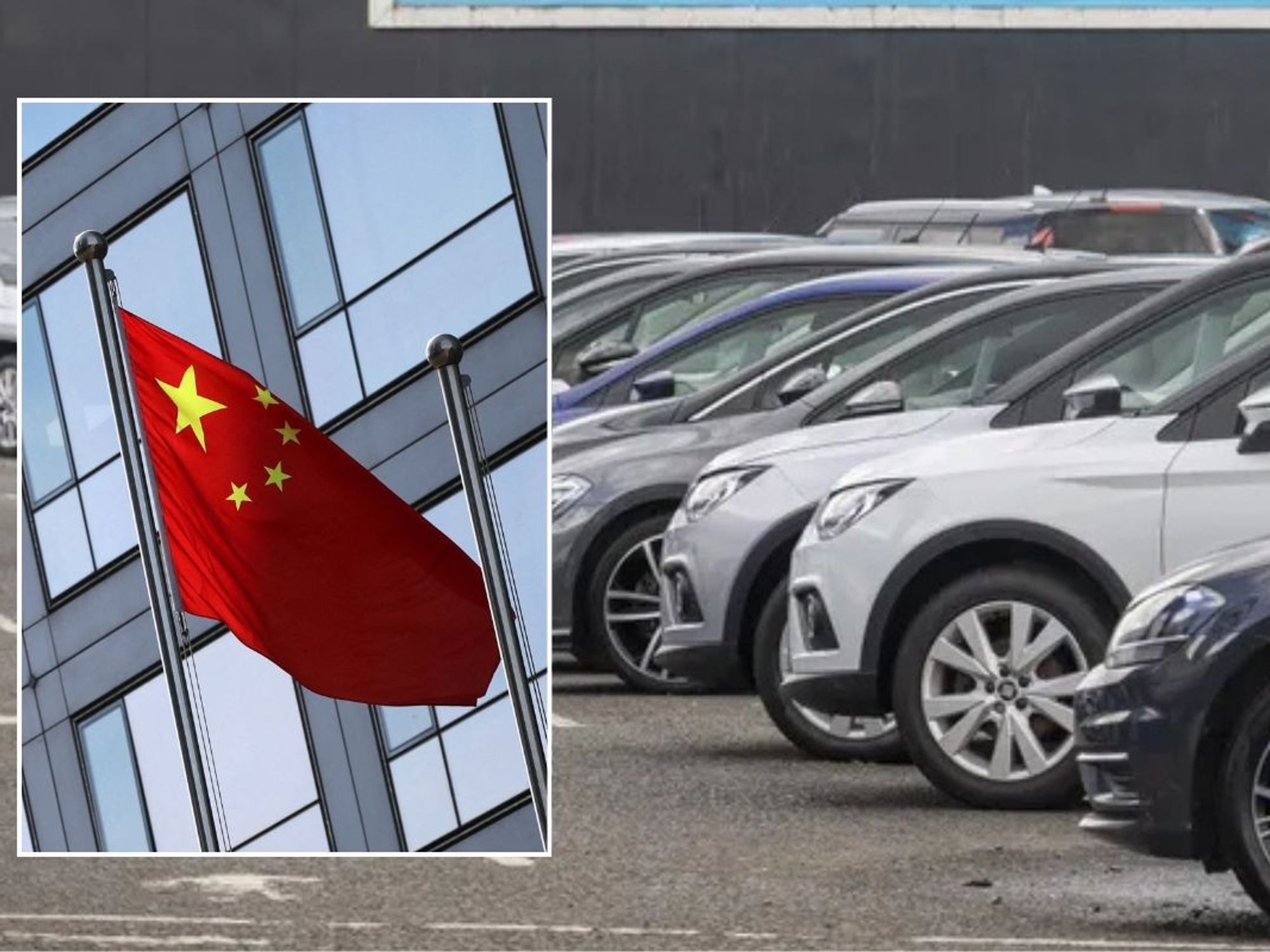Drivers risk massive £5,000 fine for breaking sticker rules as Britons face 'immediate' charges
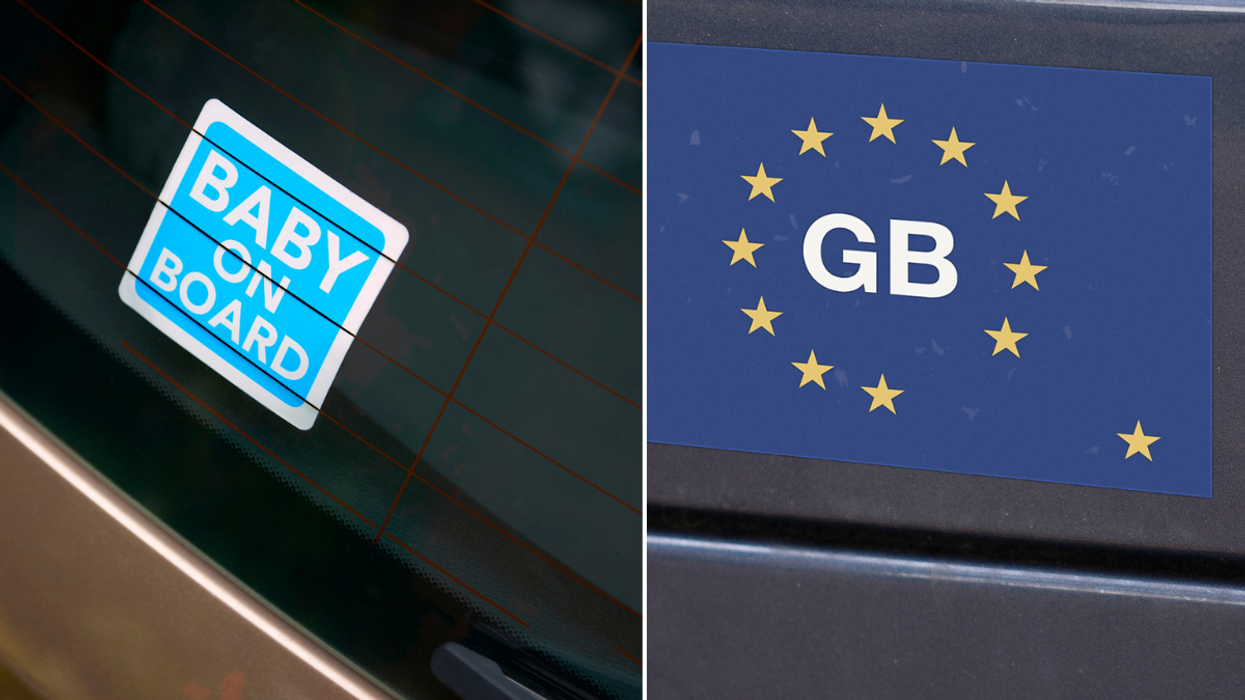
Drivers must not obstruct views on windscreens
|GETTY

Motorists can be given a penalty for blocking their windscreens
Don't Miss
Most Read
Drivers have been warned they could receive a hefty fine for having a UK sticker on the back of their vehicle and attached to windscreens.
Experts have stated that “baby on board” and other popular stickers could risk causing an obstruction to other road users and leave drivers with an expensive £5,000 fine.
Stickers can be used to warn other motorists driving behind them, to show pride for their favourite sports team and can also help Britons avoid fines when travelling abroad.
They can be placed through magnetic signs and stickers can be attached to the boot of a car near a registration plate or on the windscreen.
Do you have a story you'd like to share? Get in touch by emailing motoring@gbnews.uk
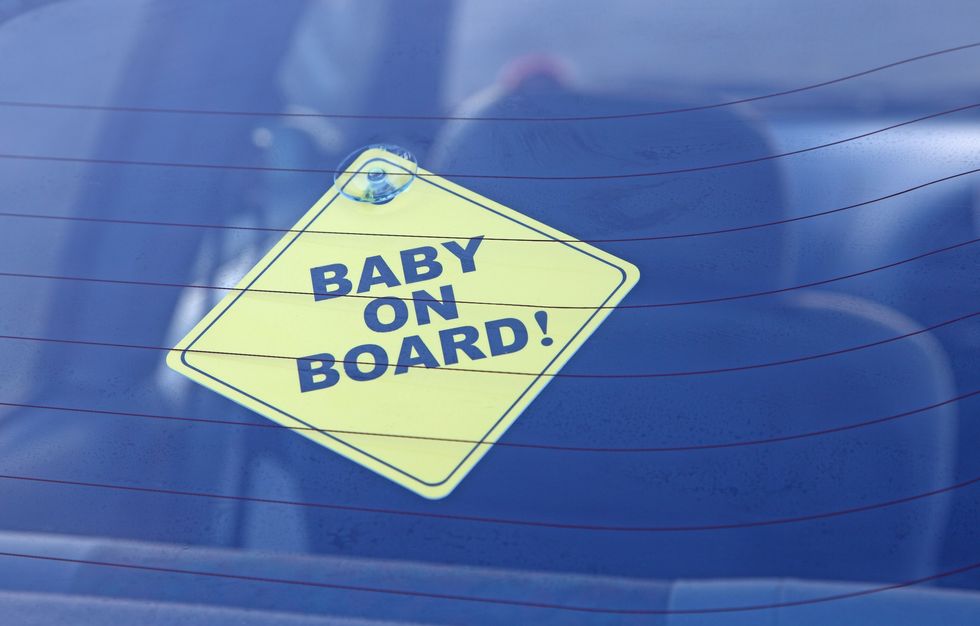
The Road Vehicles (Construction and Use) Regulations 1986 dictates sticker must not block a drivers view
|GETTY
But while the stickers hope to deter reckless driving, experts have warned if they are placed incorrectly, they could cause havoc.
Car expert Darren Miller from BigWantsYourCar.com said: “Drivers need to know that covering up their view with things like 'baby on board' stickers can actually lead to big fines and other penalties. If the police think a sticker is blocking your view, they can fine you £100 immediately."
Miller stated that this fee could increase to up to £1,000 with drivers also risking three points on their licence if they end up in court.
In more serious situations, drivers could be charged with dangerous driving, which might mean a fine of up to £5,000. He said it was "really important to put these items in the right place to stay out of trouble".
Regulation 30 of the Road Vehicles (Construction and Use) Regulations 1986 requires every motor vehicle to be designed and constructed so the driver “can at all times have a full view of the road and traffic ahead of the motor vehicle”.
The regulation dictates: “All glass or other transparent material fitted to a motor vehicle shall be maintained in such condition that it does not obscure the vision of the driver while the vehicle is being driven on a road.
“In practice, the annual test will check that items placed in or stuck to the windscreen or surface damage, cracks or discolouration in the windscreen do not seriously obscure the vision of the driver."
Miller said that it's important for drivers to remember that while stickers can be important, “where you put them matters a lot”.
If UK stickers are in the wrong spot, they can block a driver's view and make travelling unsafe. This could also cause someone's car insurance policy to be declared void if it's considered a change to the vehicle.
Meanwhile, insurance companies might see these stickers as changes or distractions, which could risk increasing danger on the road, especially if a sticker on the back window blocks a view.
Miller continued: "Having something blocking your view while driving could slow how quickly you react to things happening on the road, potentially leading to an accident.
“Good driving is all about noticing things early so you have time to react properly to any dangers. It's important to keep your view clear to stay safe.
LATEST DEVELOPMENTS:
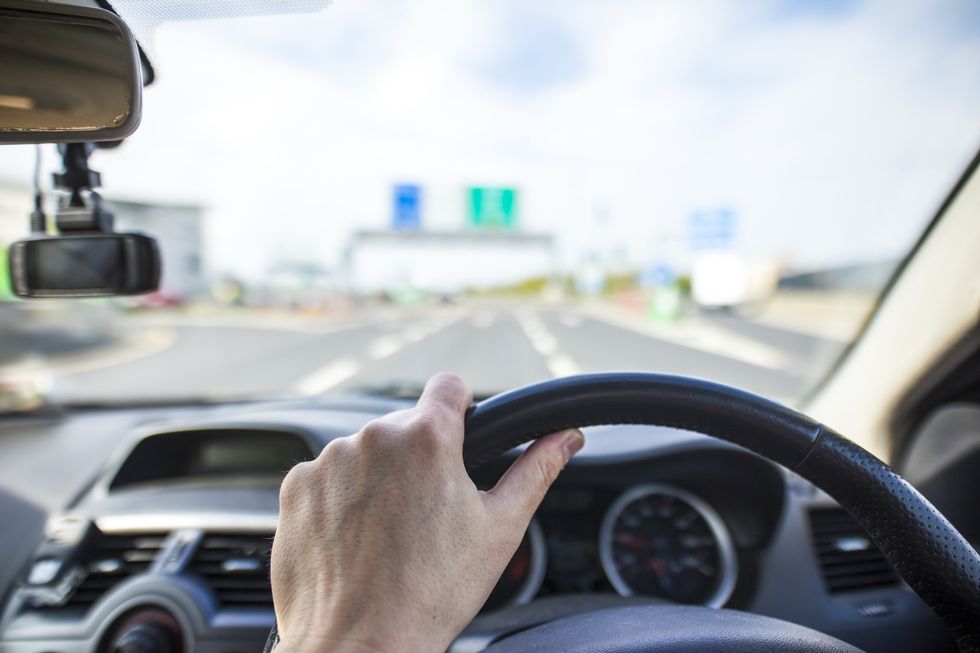
Regulation splits windscreen obstruction into two zones
|GETTY
“Being able to see clearly is super important for safe driving. If you are hanging things from your rear-view mirror or putting stickers on your front window, make sure they don’t get in the way of seeing outside."
According to official rules, windscreen obstruction is measured in zones, A and B. Zone A refers to the area which is directly in front of the driver, as this area should not contain any obstructions that measure over 10mm in diameter.
Zone B refers to the rest of the windscreen, here stickers and other obstructions – including damage from chips and cracks must not measure more than 40mm.






